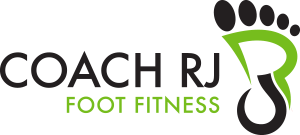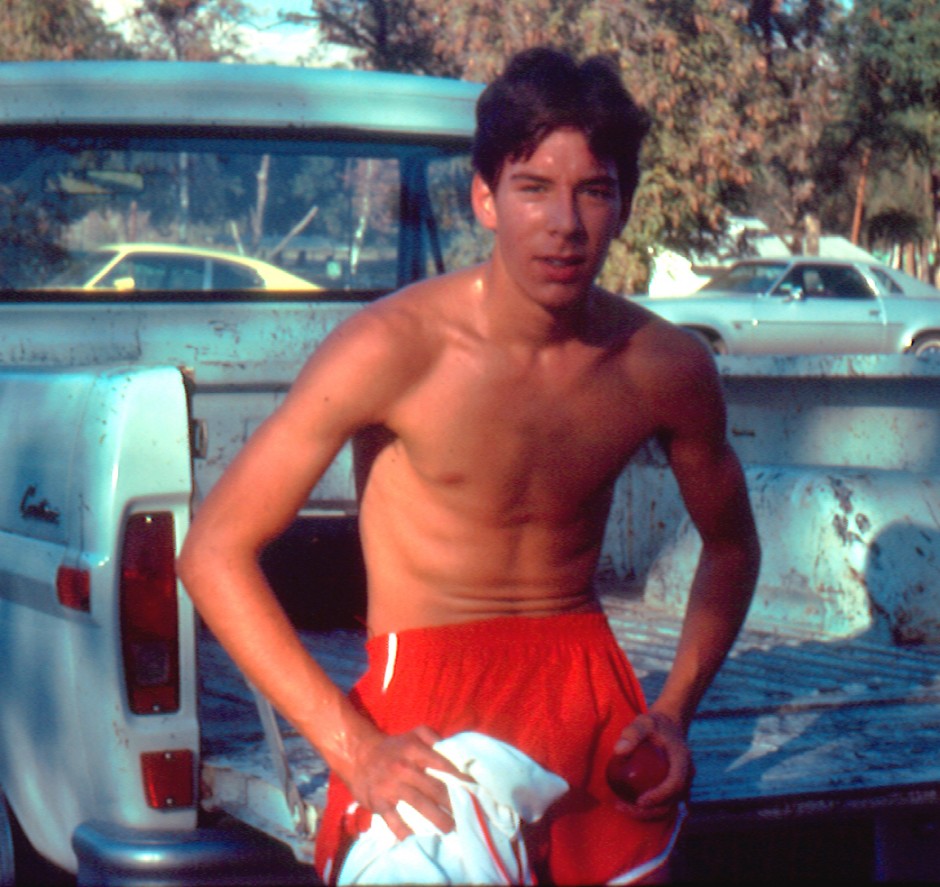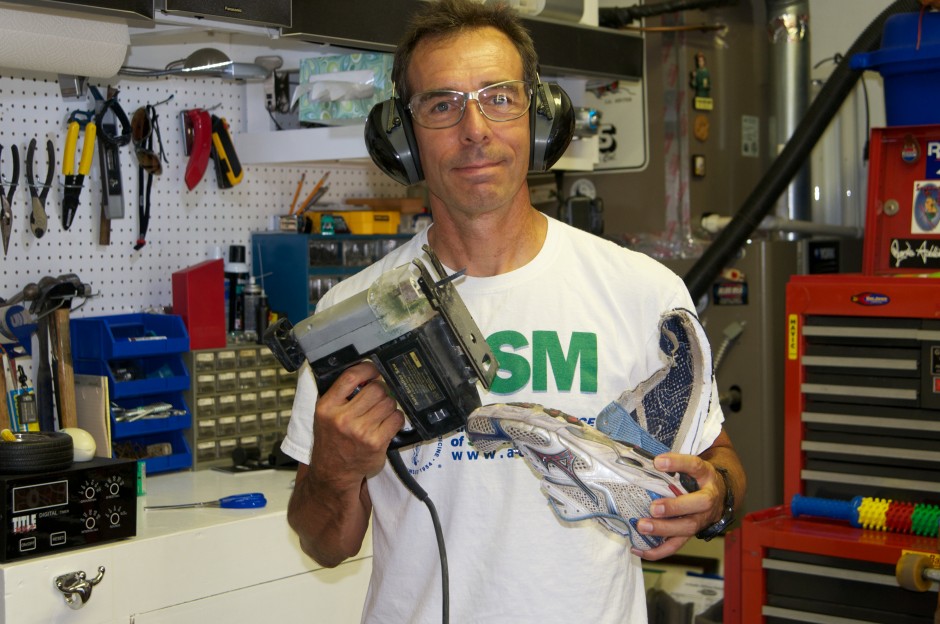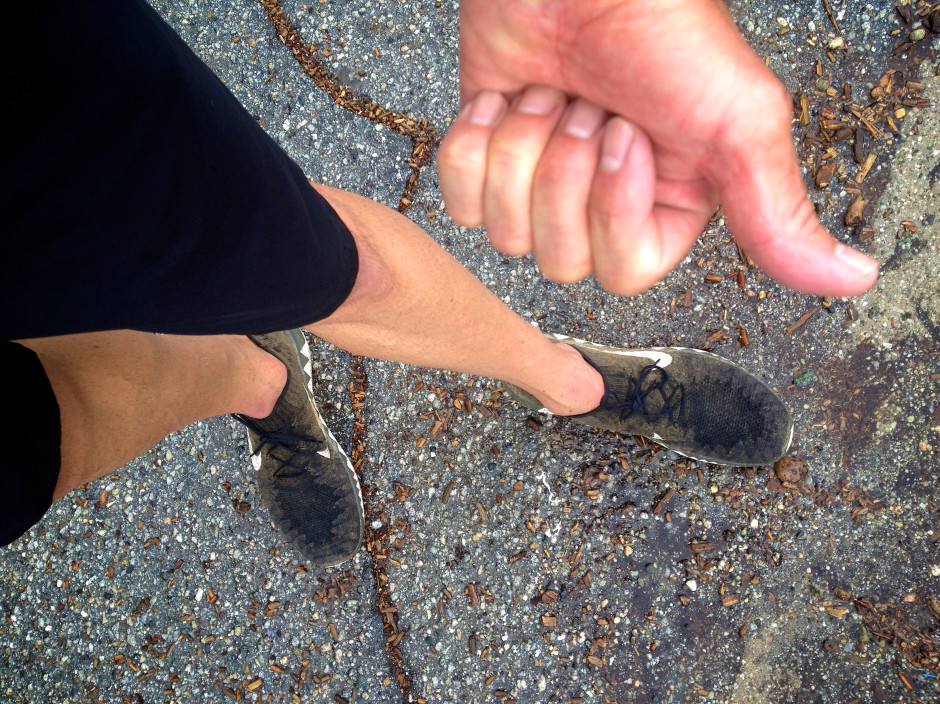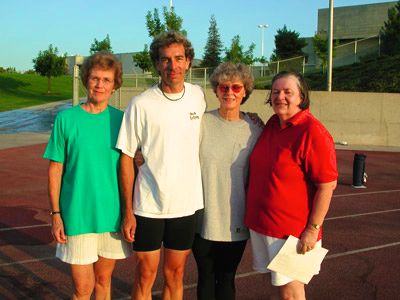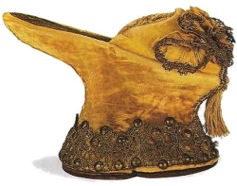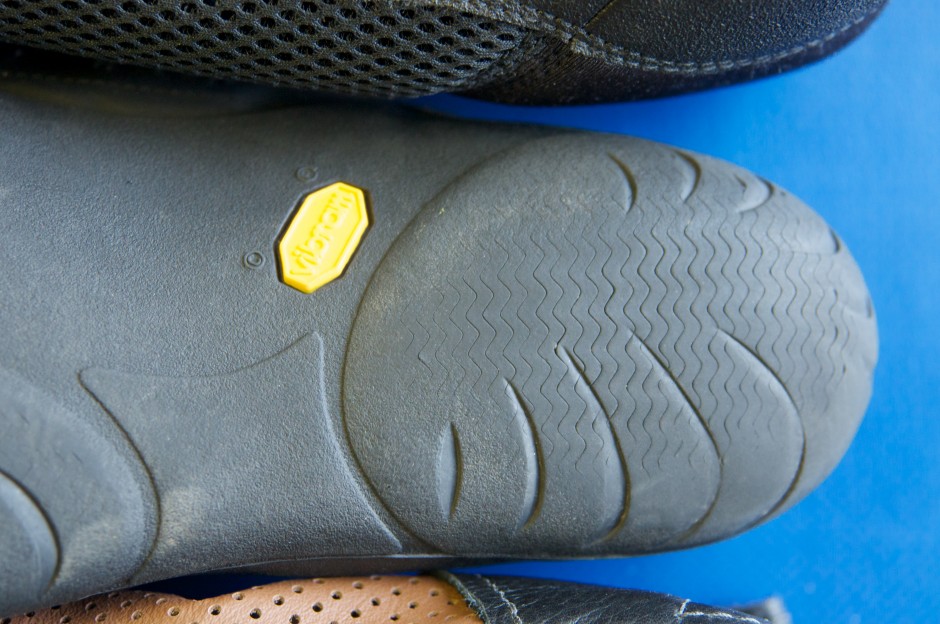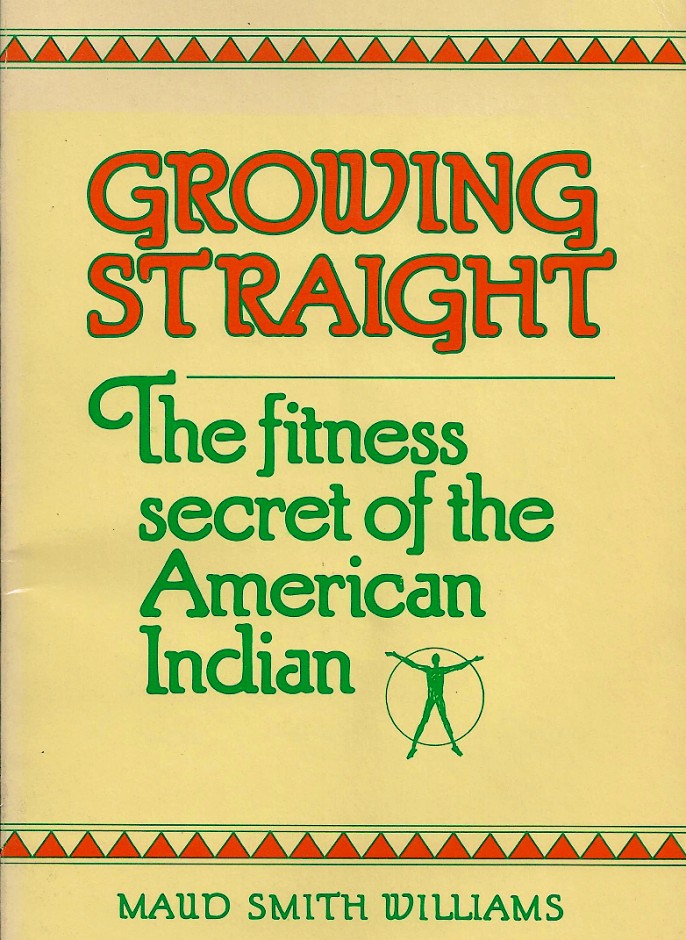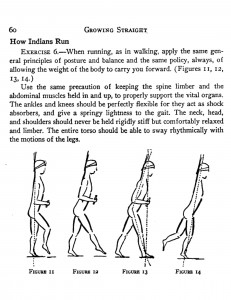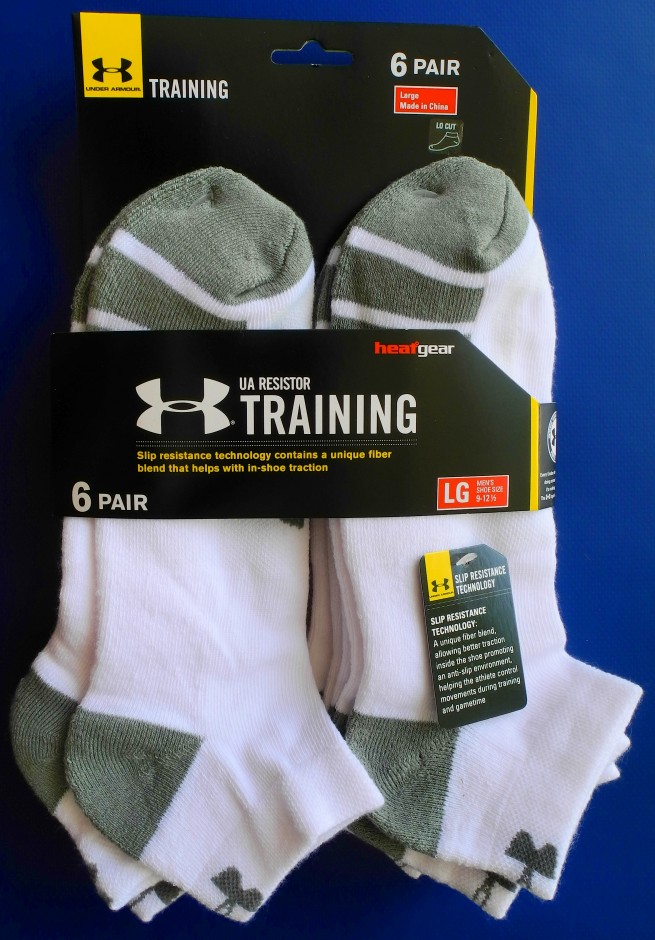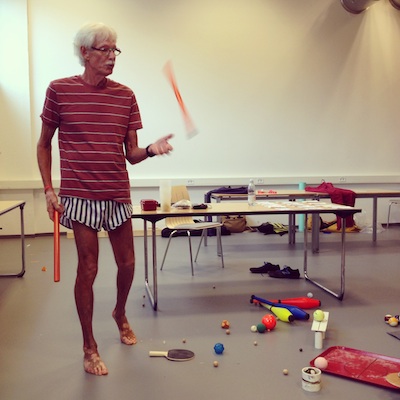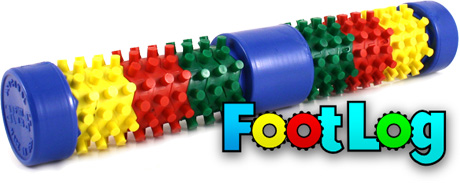It finally rained in Southern California today. Instead of hiding away from the elements, I chose a different path–to run in the cool rain and mud. While it might appear to be “dangerous” to run while wet, let’s take a more rational view on this topic.
What would be the “danger” in running while wet to some? Obviously, slipping and falling. But wait! Balance training IS fall prevention; therefore, how about doing some “real world” balance training out of the gym and away from climate control?
Running is not just running to me. I don’t just run to get fit. I don’t just run to get my heart rate up. I don’t just run to cover mileage. I run to improve my running skills, and more specifically, I run because history teaches us running IS an important survival skill. In a true survival situation, don’t expect climate control, nice visibility with plenty of high-contrast daylight, safety cones, safety signage, security guards, and nice dry perfectly level pavement. So, on a cool and rainy day in SoCal, it provided me with a great opportunity to train for real running.
As a life-long runner, we run. I don’t wait for ideal conditions. I run in winter, spring, summer, and fall. I run when it is 100+ degrees and dry as stale toast. I run when it rains. I run when it’s cold and windy. I run. I’m a real runner. Have been for decades. It’s what I do. What has changed? My perspective on running as a survival “skill.” The idea of improving my running “skills” every single time I run is not common. Most just run. They cover mileage. They want to manage weight. They check off the box. Not me. I run to become a better runner because I am training for the moment of truth even if it never arrives…the moment when I MUST run to save my life or the life of someone else.
Running. It’s important. In all conditions especially when it is not ideal or comfortable. One of the best running experiences I ever had was running while living in Atlanta. It rains there–a lot! Because of the heavy rains, the dirt washes away from the tree roots leaving huge crevices between root branches. During the winter, the fallen leaves would fill these root gaps creating a sort of snare trap or deep pit just waiting to break or sprain an ankle. I was forced to learn a different technique while running in Georgia vs. my dry running on flat ground out in California. I had to learn to run very light with “feather-touch feet” so I would not totally commit all my body weight down onto one foot. Every time I ran in Georgia, I turned an ankle. Why could I continue running there? Because I learned to run with a feather touch and react very quickly. When I felt one foot starting to be swallowed into a root crevice, I learned to quickly shift my weight and unload the other ankle before I broke my ankle or severely sprained it. Even though I “turned” my ankle, it was never enough to do damage. I developed and improved my running skills because I ran outside in the real world with rain. Today, while California is no Georgia, I worked and enjoyed maintaining some of those wet-weather running skills. I look for surface angles. I look for different running surfaces like sandy dirt, dirt with clay that is slippery, rocks, wood, slope angles, etc. I quickly analyze all this data “on the fly” in real time to make my running safer. I work to improve my skills because the real world is NOT the gym.
In closing, if you want to move and run safer–challenge yourself within your threshold of control to get out of the gym and the artificially created “safe” environments where the real world is in total control. Hint? OUTSIDE. Pick a level you can control. If you cannot walk on dry pavement–don’t try to run outside in the rain. Take a rational approach. Get rid of the ego. What can you do with control? Work from there and progress forward slowly and consistently over time.
Hopefully at some point, I’ll see you outside on the trail…upright and smiling.
To learn more about “Survival Skill Movements,” check out our handout on The Lean Berets.
